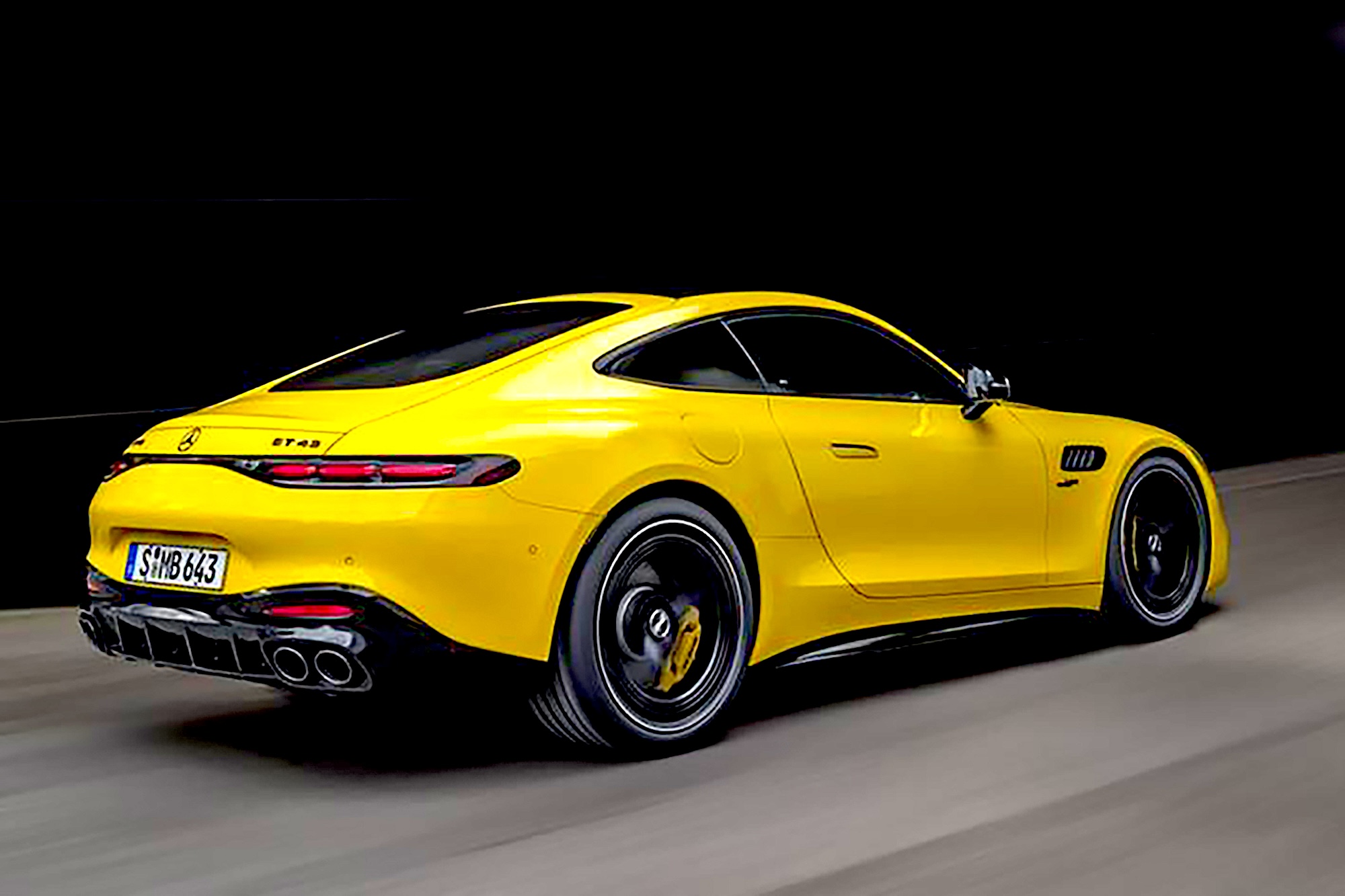Why the Four-Cylinder Mercedes-AMG SL and GT 43 Spark Controversy and Adoration

When Mercedes-Benz first announced their latest iterations of the iconic SL and GT models equipped with four-cylinder engines, the automotive world was set ablaze with opinions. The Mercedes-AMG SL and GT 43, with their smaller displacement engines, have stirred a potent mix of skepticism and admiration. But is this outcry truly about engine size, or is there more beneath the surface?
The Historical Context

Peering into Mercedes-Benz's storied past, this isn't the first time the automaker has opted for a more approachable, four-cylinder variant. The romanticized 190 SL of the 1950s, the brand's first foray into more accessible luxury, was powered by a similar engine concept. This decision, far from diminishing the brand, expanded its reach and solidified its legacy in the automotive world. Fast forward to today, and the GT 43 and SL variants are a contemporary echo of this historical decision.
Performance Redefined
At the heart of the controversy is the AMG GT 43, which introduces a balance of power and agility unprecedented in its lineage. Shedding over 270 pounds compared to its V8 counterpart, the GT 43 boasts a formidable 410 HP and 369 lb.-ft of torque. This weight reduction and the car's meticulously engineered weight distribution promise an agility and driving experience that can not only rival but in some circumstances, surpass its more muscular siblings.
A Shift in Philosophical Gears
So, why the uproar over the four-cylinder AMG models? At its core, it's a tale of purism versus progress. Traditionalists may argue that anything less than a six or eight-cylinder engine is unworthy of the AMG moniker. However, in an era where efficiency, environmental considerations, and technological advancements play an increasingly pivotal role in automotive design, Mercedes-Benz's strategy is not only justified but commendable.
Driving Into the Future

With the GT 43, Mercedes-AMG has crafted a vehicle that reflects a progressive approach to performance — recognizing that the essence of driving pleasure isn't purely in brute force but in the nuanced interplay of dynamics, handling, and efficiency. As the industry continues to evolve, it's clear that the controversy surrounding these models speaks to a larger conversation about the future of performance cars and the legacy of brands like Mercedes-Benz.
Conclusion
The Mercedes-AMG SL and GT 43 models are far from sacrilege; they are a testament to the brand's ongoing commitment to innovation, driving joy, and accessibility. With roots that stretch back to the dawn of Mercedes-Benz's sports car legacy, these four-cylinder variants are a bold step forward, proving once again that evolution is at the heart of automotive excellence.